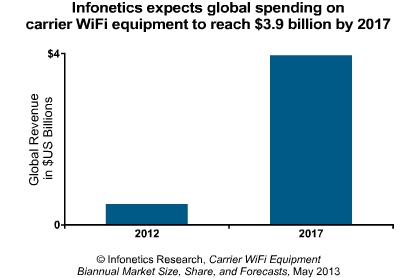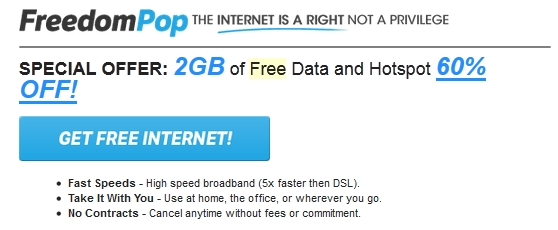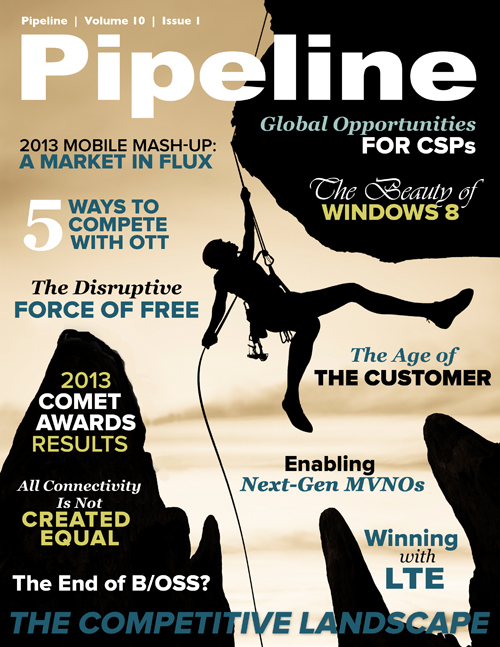The Disruptive Force of Free: Lessons Learned from Low to No-Cost Services
Despite these developments, wireless service providers still have to pay for their costly 4G LTE network deployments, and broadband providers are incurring significant capital expenditures (CAPEX) as they upgrade their networks, especially if they’re in the fiber business. While there’s no such thing as “free,” there are many lessons to be learned from the concept.
Subsidized models have grown up, and modern communications service providers (CSPs) can move beyond the ad- and brand-subsidized variety to craft compelling ones based on Big Data, social network analysis and loyalty. Policy control solutions from companies like Tekelec and Amdocs make implementing and managing such models relatively easy, and billing engines like MetraTech’s MetraNet enable payment in almost any type of virtual currency. (Settle your phone bill with frequent-flyer miles? Sure, why not!)
Wi-Fi has emerged as a viable alternative to cellular for real-time service connectivity as well as offloading. Once considered merely a best-effort technology, numerous solutions now flood the marketplace, designed to elevate Wi-Fi’s rep in concert with emerging standards that simplify network selection, authentication and security. The Ericssons of the world have a carrier Wi-Fi solution, as do innovative upstarts like Devicescape, which enables said carriers to tap into voluminous amounts of free public Wi-Fi. From small cells to large stadium solutions, carrier-grade Wi-Fi is white-hot, as reflected in recent spending projections from Infonetics Research, shown in figure 2.

Given the realities of plummeting terrestrial backhaul prices, ubiquitous Wi-Fi, numerous subsidy models, and Muni-Fi, it’s not hard to imagine a world where free connectivity predominates. Several unique CSPs present good examples of how the power of “free” has proven to be a disruptive force, and offer insight into models that can be adopted by providers in any country.
FreedomPop

[FreedomPop advertisement 2013]
FreedomPop is Skype cofounder Niklas Zennström’s potentially disruptive stateside wireless ISP. Taking a page from the NetZero playbook, FreedomPop uses a “freemium” model to provide a portion of its high-speed internet service at no cost to users while charging for higher-capacity tiers. It utilizes Clearwire’s 4G WiMAX network and Sprint’s 3G network for connectivity, with plans to expand to the latter’s 4G LTE network later this year.



















